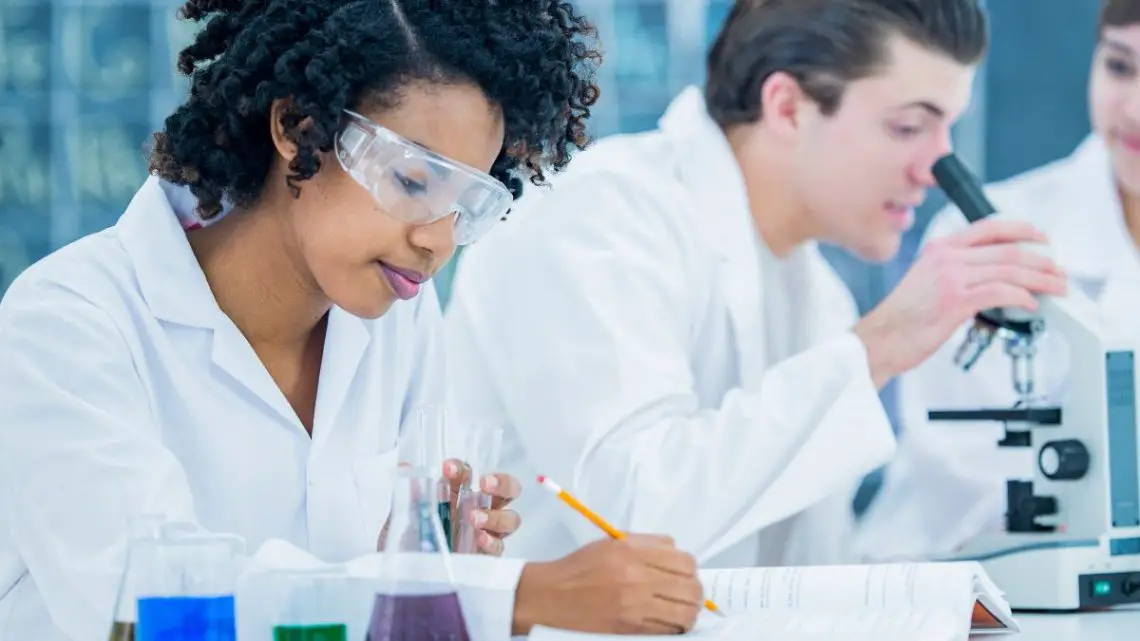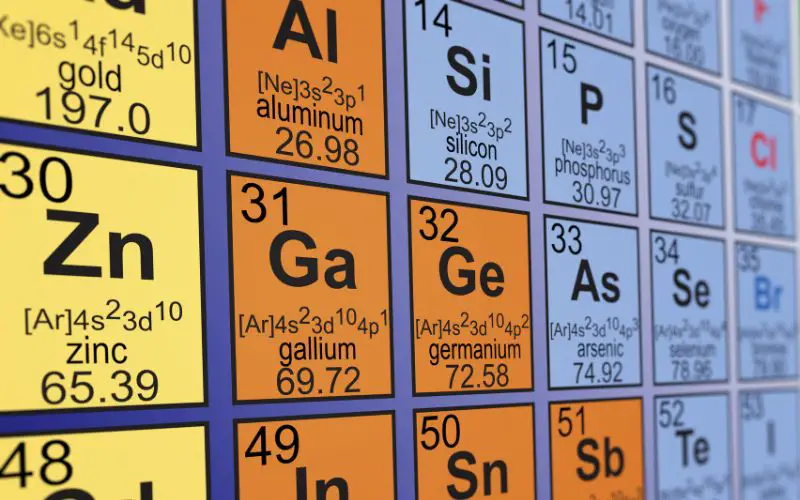
Scientists discover a way to produce green hydrogen from water at room temperature
September 5, 2022Researchers say they’ve found a way to use water to produce H2 gas that can be used for energy.
Researchers at the University of California, Santa Cruz (UCSC) have announced that they have found a new way for generating green hydrogen using water at room temperature.
This could help to propel forward the production and use of this zero-emission fuel source.
The production of green hydrogen itself isn’t anything new. This is a form of H2 typically made using water electrolysis powered by renewable energy such as solar or wind energy. That way, both its production and use do not result in greenhouse gas emissions.
At its most basic level, water electrolysis – also known as electrochemical water splitting – is a process that breaks apart the oxygen and hydrogen molecules in water using electricity.
What the researchers at UCSC have found is a way to complete that process at room temperature, without the requirement of the electric input. They have done so through the development of a special aluminum composite that causes a reaction with the water at room temperature. Aluminum is naturally a reactive material that will cause the oxygen to split away from water molecules, allowing the H2 to remain. That said, this doesn’t just happen all on its own because the metal produces a layer of aluminum oxide at room temperature, creating a barrier between it and the water and preventing the reaction.

The scientists found a way to use the aluminum for electrolysis resulting in green hydrogen fuel.
The researchers discovered that by applying an easily created composite of aluminum and gallium, the aluminum will react with water even at room temperature, resulting in the production of H2 without CO2 emissions. In this way, additional electricity isn’t necessary.
“We don’t need any energy input, and it bubbles hydrogen like crazy,” said Scott Oliver, UCSC chemistry professor, in a recent news release by the university. “I’ve never seen anything like it.”

The combination of aluminum and gallium has long been known to produce hydrogen from water. What the research team at UCSC discovered was that by boosting the gallium’s ratio to aluminum in the composite also raised the amount of green hydrogen produced from its presence.
“Our method uses a small amount of aluminum, which ensures it all dissolves into the majority gallium as discrete nanoparticles,” added Oliver.



 With over 15 years of reporting hydrogen news, we are your premier source for the latest updates and insights in hydrogen and renewable energy.
With over 15 years of reporting hydrogen news, we are your premier source for the latest updates and insights in hydrogen and renewable energy.
That costly composition was created many years ago, it is nothing new or commercial.
The best of luck in this. What happens to the aluminium gallium mix, and is it reusable? Supplies of Gallium may limited?
A great breakthrough on the road to zero emissions,
How is the aluminium produced in the first place? I thought it took a lot of energy to produce Al from alumina.
Wait a minute. Where does the energy come from to break up the H2O molecule?
Thermodynamics tell us that we have to supply that energy. The kinetics can be improved by the Ga-Al catalyst but not the energy balance
I expect the scientists at UCSC are proud of this work and possibly justifiably so.Obviously it would be amazing if it can be rolled up to commercial application.It does however throw up lots of interesting questions that I certainly do not know the answers to,for example availability of raw materials and quantities required per unit of production.Are the elements reusable etc.Anybody have any comments?